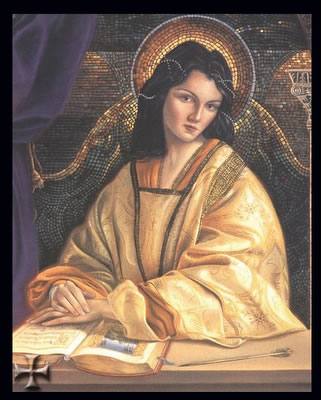A dispute over prices turned into a riot between the Crusaders and the townspeople, in which 4000 Hungarians were killed. The Crusaders crossed into Belgrade, pillaging and burning the city. Days later, at the town of Niš, its commander promised Peter the Hermit that he would provide food and an escort to Constantinople if the Crusaders would depart immediately.
This was agreed to, and all would have been well if some Germans in the group had not started a fight with some locals and set fire to a mill. The garrison of Niš came out and attacked the Crusaders, supposedly killing about 25% of the 40,000-person contingent. (The illustration shows the fighting at Niš.)
They regrouped and arrived on 12 July at Sofia, the capital of Bulgaria, where a Byzantine escort met them and led them without further incident to Constantinople on 1 August.
Emperor Alexios I, whose initial request for aid from the West motivated the Crusade, now had 30,000 extra people on his hands. He may have had news of their prior behavior. He ferried them immediately across the Bosphorus, but warning Peter not to engage the Turks until the main (and better armed) army showed up.
The group was eager to push on to the Holy Land, however, and harassed towns along the way, finally reaching the suburbs of Nicaea. A 6,000-strong contingent of Germans marched on the castle of Xerigordos and occupied it. (Xerigordos' exact location is not known. Guibert of Nogent said it was four days' journey from Nicaea.)
They were now firmly in Seljuk Turk territory, and one of the generals of Kilij Arslan laid siege to Xerigordos. The water supply was insufficient, and there are reports that the Crusaders drank their own urine and the blood of donkeys to survive. The Turks prevailed, and the occupiers of Xerigordos were forced to either convert to Islam or be killed.
I wish I could say that this was the worst of their problems, and the rest of the People's Crusade went smoothly. Unfortunately, there was more to come. See you next time.














